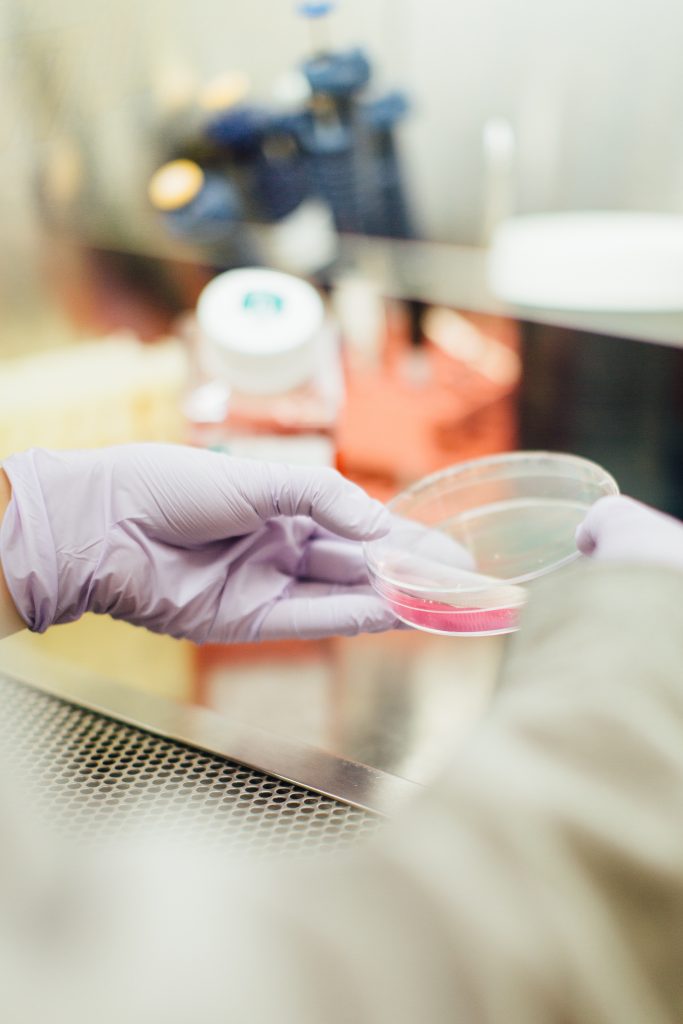
The United States is still suffering from a shortage of sodium chloride injection bags. These hospital staples have been in short supply since the factories in Puerto Rico were affected by hurricanes in late 2017. Hospitals use IV solution for everything from rehydrating patients to dosing medications. Without them, hospitals and doctors have had to improvise. Here are three surprising outcomes of the IV solution shortage.
1. Hospitals Are Making Their Own IV Solution
Hospitals have what they need to make IV solution. 0.9% saline is not chemically complex. It is, however, a time-consuming process that most hospitals would prefer to avoid. The vast majority of 0.9% saline used in the United States was manufactured in Puerto Rico and shipped to the mainland. There are two factors to considers. First, factory damage and second, the lack of sound shipping practices. For these reasons, significant amounts of supply have dried up. As a result, hospitals have had to use their compounding pharmacies to create their own. More often than not, they’re still unable to meet supply demands.
2. Doctors are Rethinking Treatments
Not every doctor has access to a compounding pharmacy. Even if a doctor does, the supply still trails far behind the demand at the moment. This event has lead to doctors rethinking their treatments.
One of the most significant advantages of the sodium chloride injection bags is that they make it easy to give patients medicine. Hospital staff mix medication with the solution and the drip rate controls the administration. For nurses who are on a tight schedule, this is key. Without the injection bags, it becomes more difficult to dose patients. Doctors are rethinking how to administer drugs, and finding the dosing and schedule that works the best for their patients. In the months and years to come following this shortage, these alternate methods may be used to reduce dependence on sodium chloride injection bags in emergency situations, or even reduce them entirely.
3. It Influences The Future of World Saline Production
There are heavy regulations in the world of hospital manufacturing. There should be–lives are literally at stake. However, due to the pressing need of this emergency, the FDA has loosened some guidelines on the import of IV bags. These products are virtually identical and often made by the same company. Moreover, they often produce the bags in factories not typically approved by the FDA. As these bags perform well and ease the burden in the US medical industry, it calls into question the efficiency of some current claims. While government agencies do not always move quickly, it’s possible that this disaster could opperate as a trial run for a new, more responsive set of regulations.
The IV solution shortage is not a good thing, but it can bring good things with it. Doctors are thinking of new ways to treat patients. Hospitals are working on refining their pharmacy procedures to be more self-reliant. In the future, the solutions to our current problems may form the guideline to prevent the repetition these issues.


